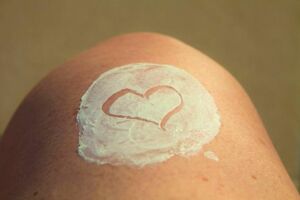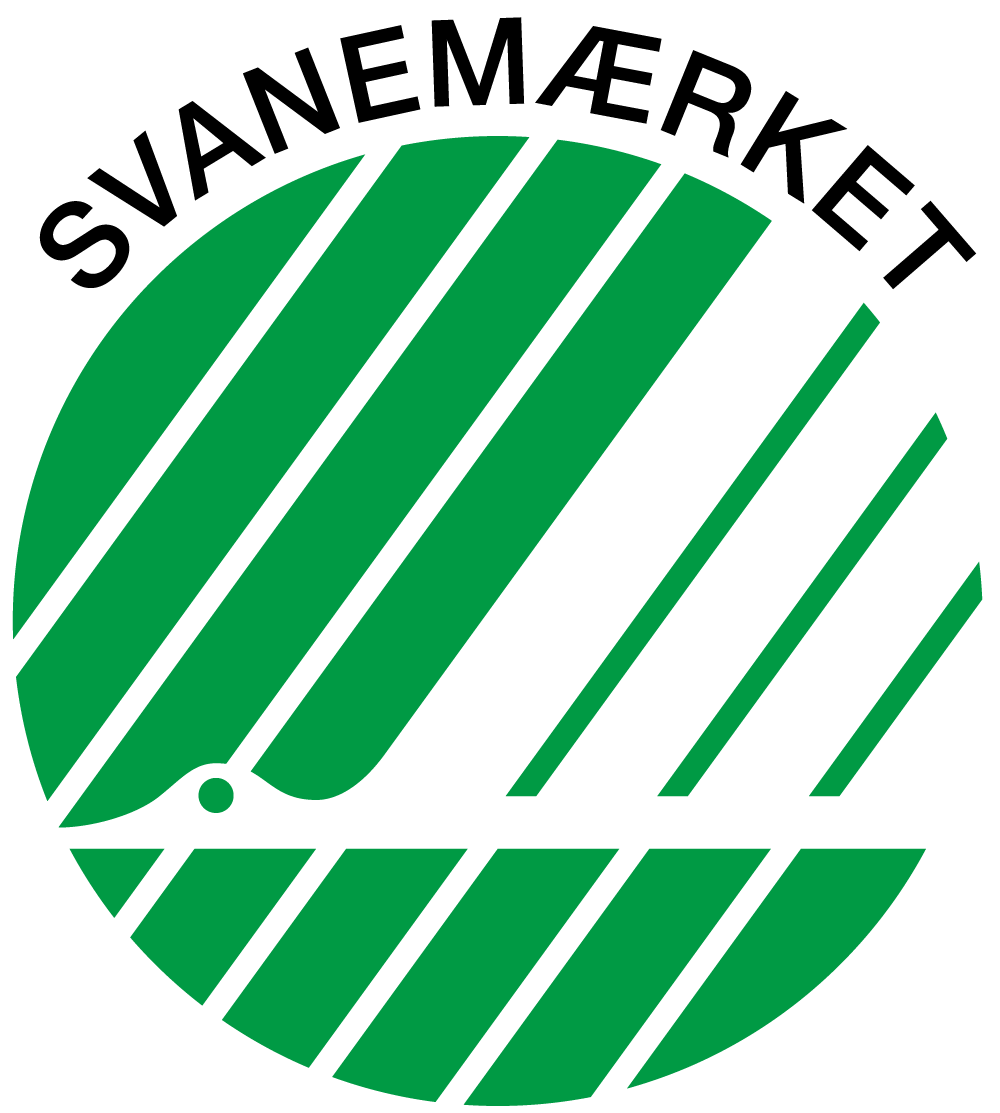News
Check your sunscreen and look for the labels
This article is more than 2 years old.

Show some love to your skin this summer (photo: Pixabay/chezbeate)
With ample sunshine forecast in the coming days, it’s time for shorts, sandals and sunscreen.
Your sunscreen is likely collecting dust in the back of some drawer somewhere. You haven’t needed it for the past eight months, unless you’ve been on holiday somewhere.
But instead of digging it out for use, a more favourable idea might be to just buy a new bottle.
That’s because consumer association Forbrugerrådet Tænk has found a disturbing ratio of sunscreens on the Danish market that contain substances that are concerning.
Forbrugerrådet Tænk tested 27 different sunscreen products and found problematic substances, including endocrine disruptors, in 50 percent of them.
READ ALSO: The forecast is sunny, but it’s not all good news
Look for the labels
The good news was that all 27 sunscreens tested lived up to regulations relating to chemical content.
The 12 sunscreens that scored top marks were:
Avivir Aloe vera sun lotion SPF 30
Derma Sun lotion SPF 30
Ecooking Solcreme til kroppen SPF 30
Grøn Balance Sun lotion SPF 30
Lille Kanin Solspray SPF 30
Matas Sollotion uden parfume SPF 30
Nilens Jord Body sun protection SPF 30
P20 Riemann Sensitive skin cream SPF 30
Rema 1000 Sun Circle sollotion SPF 30
Salling FRI vandfast sollotion SPF 30
Änglamark Sun spray water resistant spf 30
Check out all the sunscreens tested and how they scored here.
To avoid issues regarding sunscreens, Forbrugerrådet Tænk advises looking for the Svanemærket label on the bottle – one of the world’s toughest environmental certifications. It looks like this:

If Svanemærket is combined with the Asthma Allergy Nordic allergy label (see here), then all the better.










































